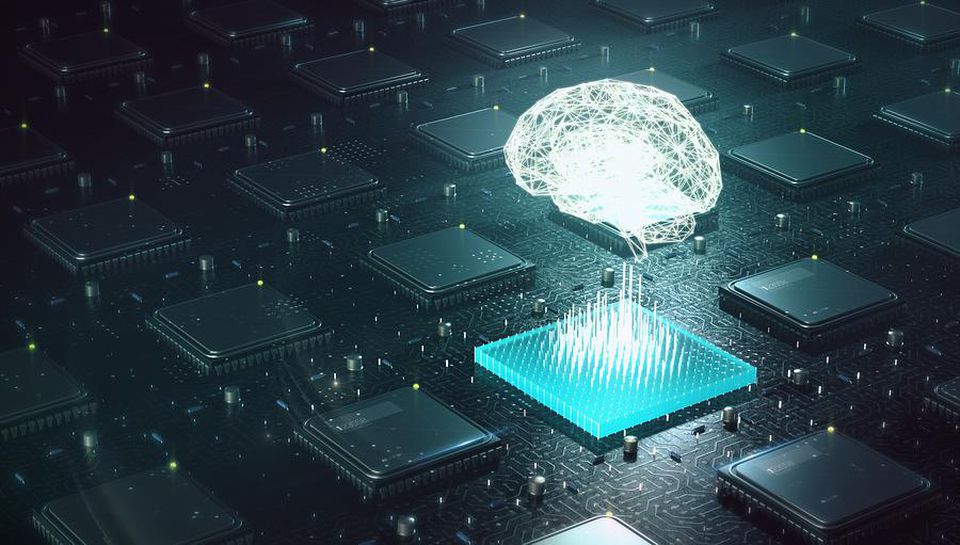Nearly three million Americans suffer a traumatic brain injury (TBI) each year, one quarter of them children. Most of these are mild, resulting in concussion, but 50,000 deaths result from TBI annually.
At the same time, one in 59 children is diagnosed with autism spectrum disorder each year. Three and a half million Americans live with autism spectrum disorder (ASD).
These two conditions share more than a surprisingly large impact on our children: they share many biologic mechanisms and symptoms. Researchers have begun inquiring into how diagnosis and treatment of ASD and TBI might inform each other and lead to breakthroughs in one or both.
Children with traumatic brain injuries exhibit many of the same challenges as children with autism. These include deficits in intelligence, memory, attention, learning and social judgment. Anatomical changes to the brain resulting from TBI can impair emotional decision-making, self-regulatory behavior, emotional perception and the ability to recognize non-verbal cues. These are also classic characteristics of autism.
Children with ASD often present with decreased diversity of microflora in their intestines, which can hinder brain development. For children suffering TBI, reduced metabolism can also lead to a lack of microflora diversity. Whether the nature of this reduced diversity is similar in the two groups will require more study, but administration of probiotics has had success in both.
Brain plasticity – the ability of one region of the brain to rewire itself to execute functions normally performed by a damaged region – offers a ray of hope to TBI patients and autistic individuals. With intense therapy, brain stimulation and intervention, children with these two conditions can learn new skills by “training” their brains to process information in new ways.
Applied behavior analysis (ABA) is considered the gold standard in autism treatment given the extensive research conducted on its efficacy. It is employed to redirect behavior from harmful and counterproductive to useful and beneficial, and to teach critical skills for independence. Begun early in a child’s life, the progressive learning process of ABA therapy has demonstrated success in addressing multiple deficits – e.g., verbal, attentional, and learning – associated with ASD. ABA is now being used to readapt pediatric TBI patients to their home environment. As with ASD, this therapy yields optimum results when begun early and maintained over time.
ABA requires children to verbalize (or express using assistive communication devices) the instructions they have been given in an iterative approach that builds beneficial habits. This progressive learning process is applied to multiple behaviors characteristic of ASD and TBI. Additional strategies such as Pivotal response treatment (PRT), based on the principles of ABA, targets “pivotal” areas of a child’s development instead of working on one specific behavior. By focusing on pivotal areas, PRT produces improvements across other domains of skill development.
Verbal behavior therapy is a comprehensive language program that focuses on understanding the purpose of words and how they are used to communicate specific ideas. Also built on an ABA foundation, verbal behavior positively reinforces correct use of verbal and non-verbal communication that connects the speaker and the listener.
Although ASD and TBI present similar symptoms, there is no evidence that ASD is caused by trauma or injury to the brain. Its causes appear to be multifaceted and complex, including genetics, fetal conditions and various maternal and paternal factors. Like TBI, skill development and expansion can be optimized with behavioral treatment that begins as soon as possible.

